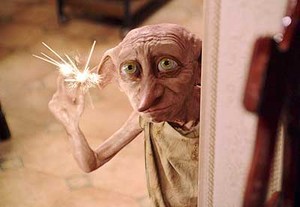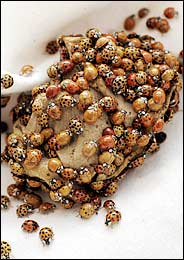From Steve Forbes’ excellent tribute to Peter Drucker:
No surprise that the economist fellow-Austrian (at least by birth) Joseph Schumpeter was Mr. Drucker’s hero. In 1983, at the centennial of both Schumpeter and the then-legendary John Maynard Keynes, Mr. Drucker wrote in Forbes that Schumpeter’s centenary birthday would hardly be noticed. Yet “Schumpeter it is who will shape the thinking and inform the questions on economic theory and economy policy for the rest of this century, if not for the next 30 or 50 years.” Today Schumpeter’s emphasis on the crucial importance of entrepreneurship and “creative destruction” are now commonplaces.
As Mr. Drucker wrote over two decades ago, “The economy is forever going to change and is biological rather than mechanistic in nature. The innovator is the true subject of economics. Entrepreneurs that move resources from old and obsolescent to new and more productive employments are the very essence of economics and certainly of a modern economy. Innovation makes obsolete yesterday’s capital earnings and capital investment. The more an economy progresses the more capital formation — profits — will it therefore need.” These two men saw profits as a moral imperative, a genuine “cost” in the cost of staying in business because “Nothing is predictable except that today’s profitable business will become tomorrow’s white elephant.”
For the full tribute, see:
STEVE FORBES. “A Tribute to Peter Drucker.” The Wall Street Journal (Tues., November 15, 2005): A22.



 Asian lady beetles (Photo source: online version of article cited below, downloaded from: http://www.nytimes.com/2005/11/15/national/15bugs.html?pagewanted=1)
Asian lady beetles (Photo source: online version of article cited below, downloaded from: http://www.nytimes.com/2005/11/15/national/15bugs.html?pagewanted=1)